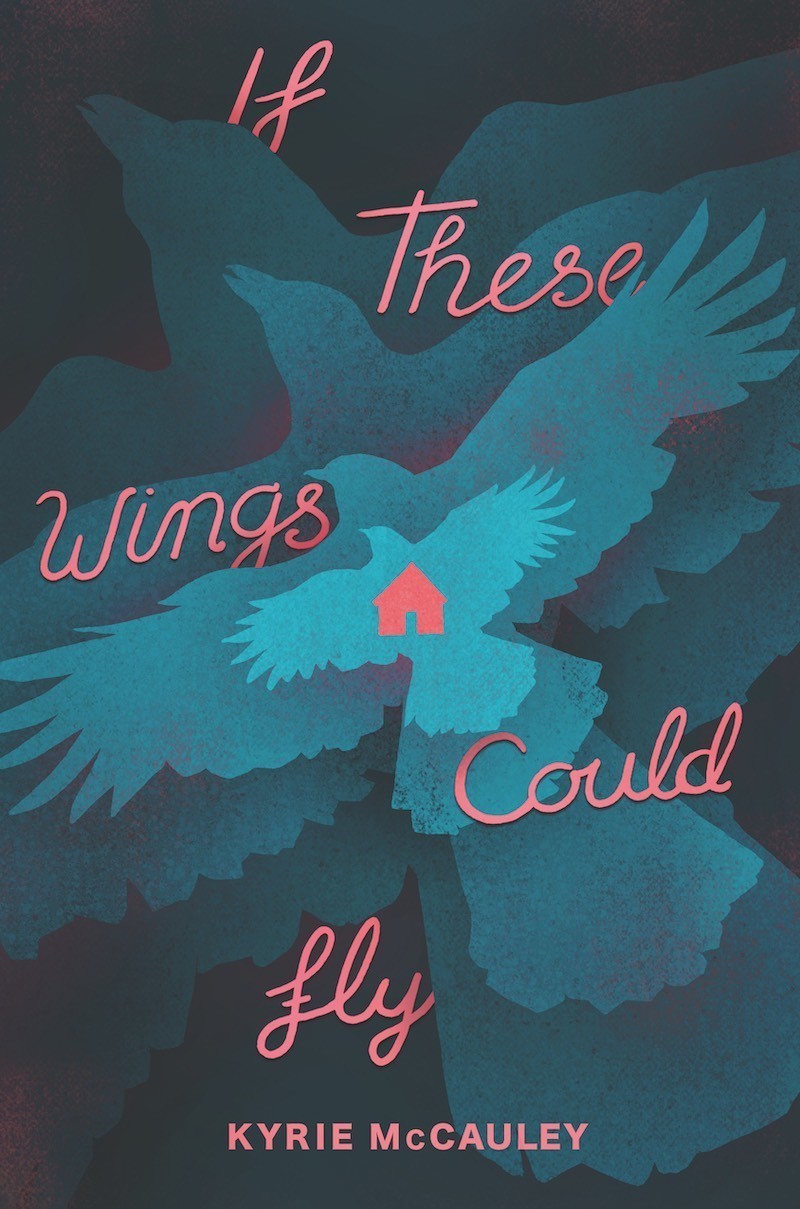Chapter 25
byChapter 25 of If These Wings Could Fly explores the narrator’s reflections on the complexities of family dynamics, especially the emotional turmoil that arises from a father’s unpredictable outbursts. The opening of the chapter presents a metaphor that compares the house to a healed bone—once broken but now mended, though still bearing the scars of its past. This powerful metaphor sets the tone for the narrator’s journey of grappling with her family’s dysfunction, where the emotional scars of their past, particularly the father’s outbursts, are still very much present in their daily lives. The house, like the narrator’s heart, has been patched up, yet the damage still lingers, manifesting in ways both seen and unseen.
The narrator then recalls a traumatic snow day from her childhood, when she was only eight years old. On this particular day, her mother, who was pregnant with Juniper, had to leave for work, and her father, weary from his labor, faced the burden of an overflowing trash bin that had been ignored for far too long. His frustration boiled over when he saw the mess, triggering an explosive outburst of anger. He violently threw the trash and, in his rage, broke a cabinet door. The intensity of the scene deeply impacted the narrator and her brother, Campbell, so much so that they sought refuge by hiding in a closet, terrified by their father’s unpredictable wrath. This moment represents the emotional chaos that often accompanies living with an unpredictable and angry parent, where safety and peace seem forever out of reach.
As their mother eventually finds them hiding and brings them back to the scene of the destruction, the once shattered cabinet door appears surprisingly intact, challenging the narrator’s memory of the event. This discrepancy leads the narrator to question her own perception of reality, a confusing and unsettling experience for a young child trying to make sense of a volatile environment. In a quiet moment, Campbell’s soft whisper of “magic” provides an odd comfort, as it hints at a shared acknowledgment of the bizarre nature of their experiences. Their recognition of the surreal, the inconsistency between what they saw and what was presented, becomes a coping mechanism in their attempt to make sense of the chaos around them. It reveals how children are often forced to create their own explanations for the inexplicable events in their lives, using fantasy and wonder to shield themselves from the painful truth.
As time passes, the narrator observes that these violent outbursts become more frequent, signaling the cyclical nature of her father’s anger. Despite his repeated promises that he would change, his behavior remains consistent, reinforcing the painful realization that the cycle will not break. She comes to understand that love, in this context, does not prevent the violence but rather complicates the situation, making it harder to escape. The emotional bonds formed in such an environment create a complicated web of attachment that, while deeply painful, also makes leaving feel impossible. This cycle of abuse and emotional manipulation perpetuates a sense of entrapment that children often feel, believing that the only way to cope with the chaos is to stay and endure, hoping that love might eventually heal the wounds.
In hindsight, the narrator reflects on how the physical damage to their home—whether broken furniture, shattered windows, or ruined walls—was often “repaired” as if by magic, leaving behind no trace of the violence that had occurred. This “magical” repair symbolizes the denial that becomes a survival mechanism within such a household, as the family learns to avoid confronting the real issues at hand. This behavior, shaped by fear and emotional exhaustion, becomes a coping mechanism, allowing the family to maintain some semblance of normalcy despite the underlying turmoil. The narrator’s reflections in this chapter encapsulate the painful struggle of children trying to understand and process the dysfunction within their home. They must navigate the emotional chaos, reconcile the disparity between their lived experiences and what they are told is true, and learn to build emotional resilience in the face of unpredictable violence. The chapter paints a vivid portrait of the complexity of growing up in an environment where love and pain are intertwined, and where the scars of the past remain, even when the exterior seems whole.

